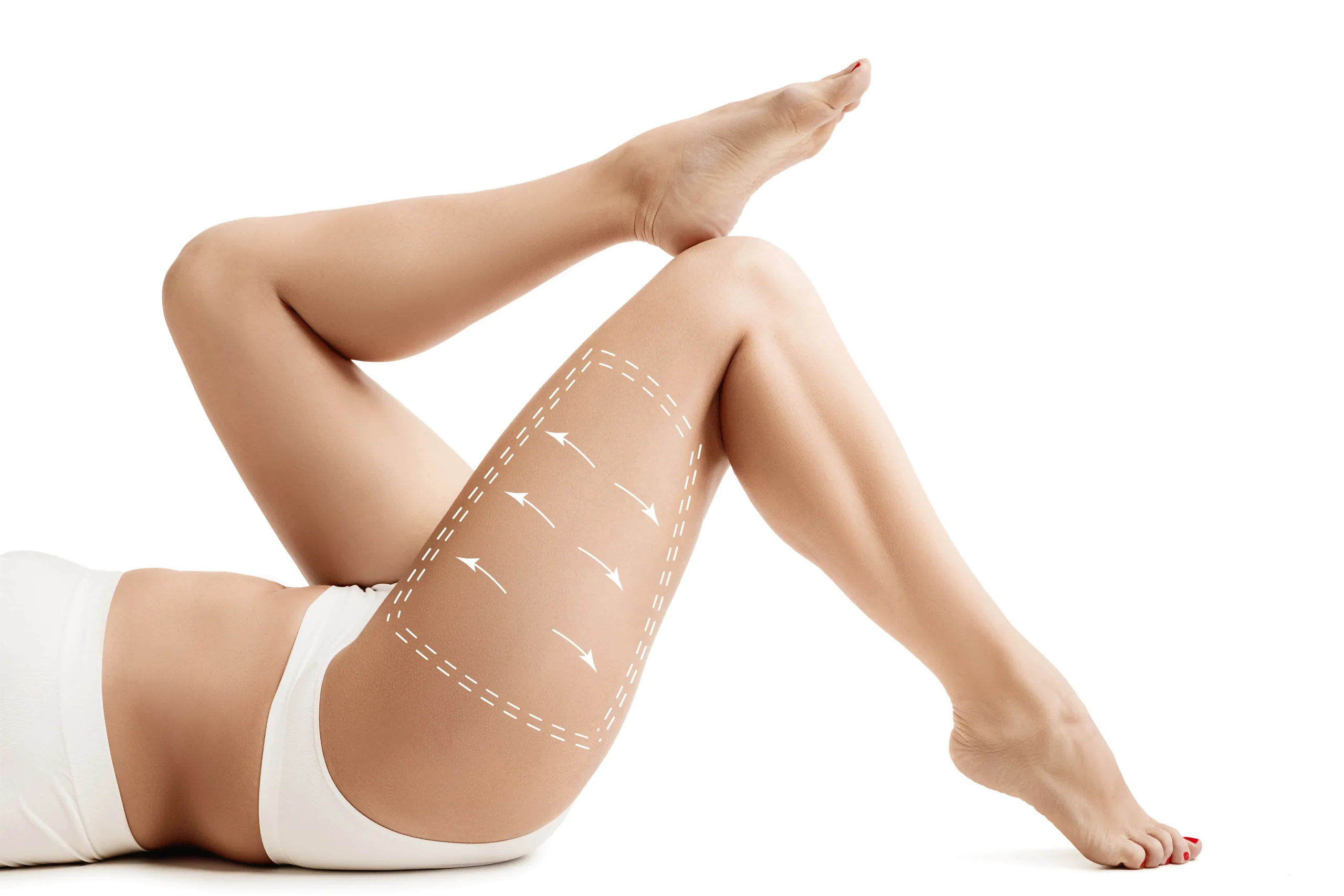
Leg aesthetics refers to a combination of surgical and non-surgical procedures designed to improve the appearance of the thighs, calves, knees, and ankles. These procedures aim to create smooth, symmetrical, and proportionate leg contours by enhancing or reducing volume where needed.
Whether the concern is excess fat, asymmetry, volume loss, or sagging skin, leg aesthetics offers tailored solutions to help patients achieve leaner, more defined, and feminine or athletic-looking legs.
You may be a good candidate for leg contouring if you:
Are at a healthy, stable weight
Have localized fat deposits or volume loss in the legs
Want to improve leg shape, tone, or symmetry
Are in good overall health and a non-smoker
Have realistic expectations and long-term commitment to results
Each treatment is tailored to the patient’s leg structure, fat distribution, and aesthetic goals.
Removes stubborn fat from the inner or outer thighs to improve shape and reduce chafing. Often combined with a thigh lift if skin laxity is present.
Removes excess skin and fat from the inner thighs, especially after weight loss. Creates tighter, smoother thighs and reduces rubbing between the legs.
Enhances calf definition and volume using your own fat or custom implants, especially in cases of naturally thin or asymmetric lower legs.
Improves the contour around the knees—often overlooked but important for a balanced leg silhouette.
For patients with gaps between the knees or calves (e.g., bow-legged appearance), fat transfer is used to create a straighter leg line.
Patients with thick calves due to muscle hypertrophy may benefit from Botox injections or selective muscle contouring, for a leaner leg shape.
Bruising and swelling peak, discomfort is managed with medication
You can walk gently, but avoid stretching the legs excessively
Compression garments help reduce fluid buildup
Swelling decreases noticeably
Sutures dissolve or are removed
Mobility improves, light activity can resume
Final contours begin to take shape
Results become visible and scars begin to fade
You can return to full exercise with your surgeon’s approval
One
Local anesthesia
Immediately
7 days
None
* For informational purposes only, be sure to consult your doctor for diagnosis and treatment.
For fat transfer or liposuction, scars are minimal and well-hidden. In thigh lifts or more invasive surgeries, scars are placed in natural creases and fade over time.
Yes. Light walking is encouraged early to support circulation and healing. Strenuous activities should wait until at least 4–6 weeks post-op.
Results are long-lasting with stable weight. Fat grafts are permanent once integrated, but some volume loss (about 20–30%) is normal.
Some patients require staged treatments, especially if they desire extensive reshaping. Your surgeon will outline a plan based on your goals.
Yes. Botox injections can reduce calf muscle bulk in some cases. For others, more advanced selective muscle contouring may be recommended.
Yes. Leg contouring is often combined with liposuction, tummy tuck, BBL, or arm lift for full-body transformation.
Yes, when performed by an experienced surgeon using proper technique. Your body’s own fat is purified and injected precisely, minimizing risk.
Leg aesthetics can address fat and contour, but for cellulite or severe skin laxity, additional treatments like RF skin tightening, laser therapy, or a thigh lift may be needed.
No. Leg aesthetics is for shaping and sculpting, not for significant weight loss. You should be close to your goal weight before surgery.

Medipol University Hospital, being the justifiably proud of Medipol Education and Health Group in Turkey and in the world, resulting in this spirit, is a health complex having JCI standards accepting patients from all over the world.
TEM Avrupa otoyolu göztepe çıkışı no:1, 34214 Bağcılar/İstanbul